1. Decorative Ponds Without Ramps
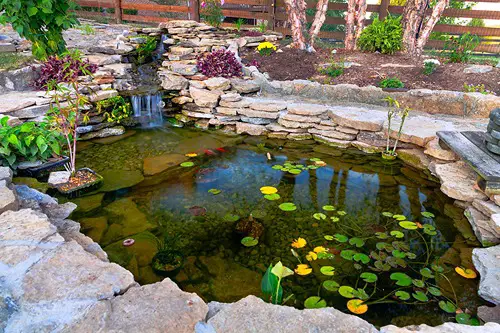
Backyard ponds may look serene, but they can be death traps for small animals. Frogs, turtles, and even baby birds often fall in and can’t climb back out if there’s no gentle slope or ramp. Smooth, steep sides don’t offer any traction, so animals exhaust themselves trying to escape. Sadly, it’s common to find drowned critters in otherwise beautiful water features.
Adding a shallow slope or a few well-placed rocks can turn your pond into a safe watering hole. Wildlife naturally seeks out water, especially in dry climates or during summer heat. Making it accessible helps rather than harms the creatures drawn to it. A simple ramp can make the difference between life and death for small visitors.
2. Window Reflections
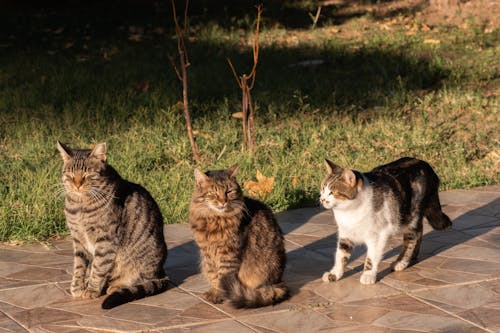
Those big, beautiful windows might be a favorite feature of your home—but for birds, they can be deadly. Birds often see reflections of sky or trees and fly straight into the glass, not realizing it’s a barrier. Millions of birds die from window collisions every year in North America alone. Most of these fatalities occur in residential areas.
Luckily, solutions are simple and affordable. Window decals, screens, or external shades can significantly reduce strikes. Even spacing vertical stripes 2 inches apart on the glass can save lives. If birds are part of your yard’s charm, making windows safer is a crucial step.
3. Outdoor Cats

Letting your cat roam outside might feel natural, but it’s devastating for local wildlife. Domestic cats kill an estimated 2.4 billion birds and 12.3 billion mammals annually in the U.S. alone. They hunt even when they’re well-fed, simply because it’s instinctual. Small lizards, frogs, and insects are also at risk.
Even if you don’t see it happening, your cat is likely affecting local populations. Ground-nesting birds and vulnerable species are especially hard-hit. The safest solution for everyone is to keep cats indoors or provide a “catio” for safe outdoor time. That way, your pet stays happy and the wildlife stays safe.
4. Bug Zappers
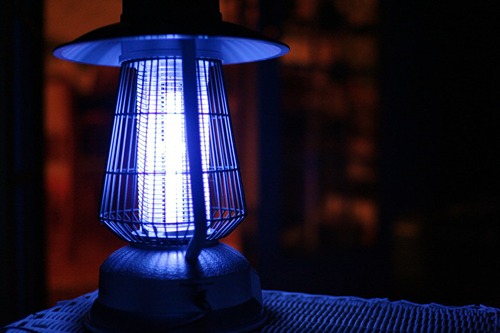
While bug zappers are marketed as a solution to mosquitoes, they mostly kill harmless or beneficial insects. Moths, beetles, and fireflies are common casualties, while mosquitoes account for a tiny fraction of the kill count. That’s a big problem, because many of those insects play key roles in pollination and decomposition. Removing them disrupts the natural balance in your yard.
Worse still, the ultraviolet light draws in insects from afar, concentrating the toll in one spot. It’s like setting a trap for the ecosystem. A better approach is to reduce standing water and use mosquito dunks or native plantings to manage pests naturally. Ditching the zapper means more fireflies and fewer unintended victims.
5. Rodenticide and Poison Baits
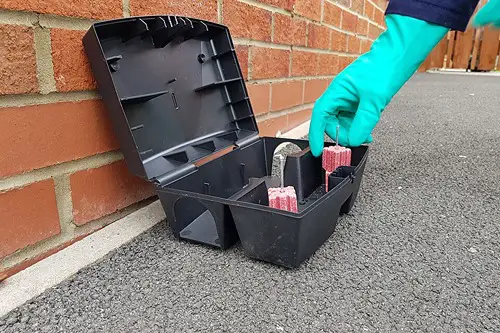
Poisoned bait may seem like a quick fix for a mouse or rat problem, but it rarely ends there. Owls, hawks, foxes, and even neighborhood pets can eat the poisoned rodents and suffer secondary poisoning. These toxins accumulate in their systems and often result in slow, painful deaths. It’s a classic case of a solution creating a bigger problem.
Rodenticides don’t just stay where you put them, either—they move through the food web. Predatory animals that help control rodent populations are being wiped out by the very thing intended to help. Consider snap traps or better yet, habitat-based deterrents like sealing entry points and removing attractants. Natural balance is your best pest control ally.
6. Artificial Turf
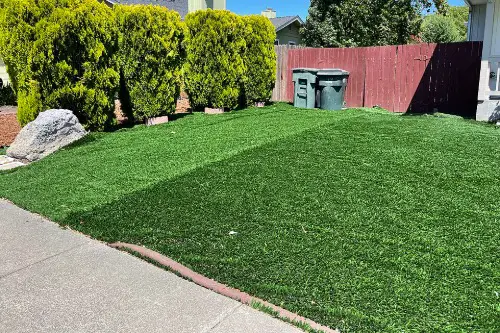
Artificial grass might seem like a low-maintenance dream, but it’s bad news for local wildlife. It doesn’t support insects like real grass does, which has ripple effects up the food chain. Birds, amphibians, and small mammals rely on bugs for food, and synthetic turf creates a biological dead zone. Plus, it can get dangerously hot in the sun, potentially burning animals’ feet.
Even earthworms and beneficial microbes can’t survive beneath synthetic turf. That means poorer soil quality and fewer natural nutrients for surrounding plants. Real grass, even if patchy or imperfect, is far better for the ecosystem. If you’re aiming for less maintenance, consider native ground covers instead.
7. Overly Tidy Landscaping
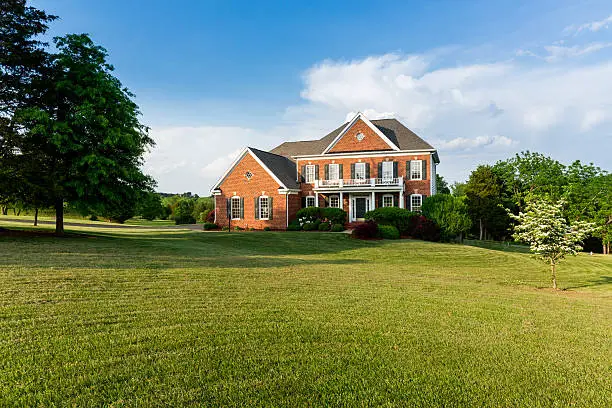
A pristine lawn might win HOA points, but it doesn’t do wildlife any favors. Dead logs, leaf litter, and brush piles provide essential shelter for insects, amphibians, and small mammals. Over-manicuring removes all those vital microhabitats. Without them, creatures have nowhere to hide, rest, or nest.
Even fallen leaves offer food and shelter for many species, including butterflies in their larval stages. A messier yard supports a healthier ecosystem. Consider leaving a corner of your yard a little wild. What may look untidy to us is often exactly what wildlife needs to thrive.
8. Night Lighting
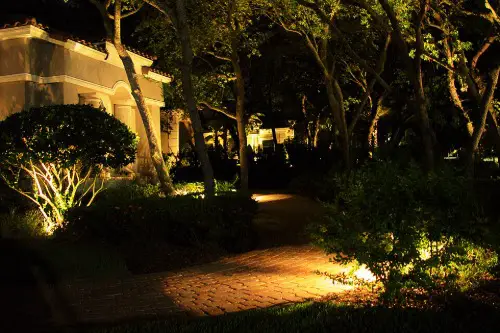
Outdoor lights may add ambiance and security, but they’re disorienting for many animals. Nocturnal insects, birds, and even amphibians rely on natural darkness to navigate, hunt, and rest. Bright yard lights can throw off migration patterns and breeding behaviors. For example, moths spiral endlessly around bulbs until they die of exhaustion.
This light pollution also affects bats, frogs, and fireflies, disrupting their nighttime routines. Motion-activated lights or warm-colored, downward-facing fixtures can reduce the impact. Better yet, turn off unnecessary lighting overnight. A dark yard is a safer yard for the night shift in nature.
9. Invasive Plant Species
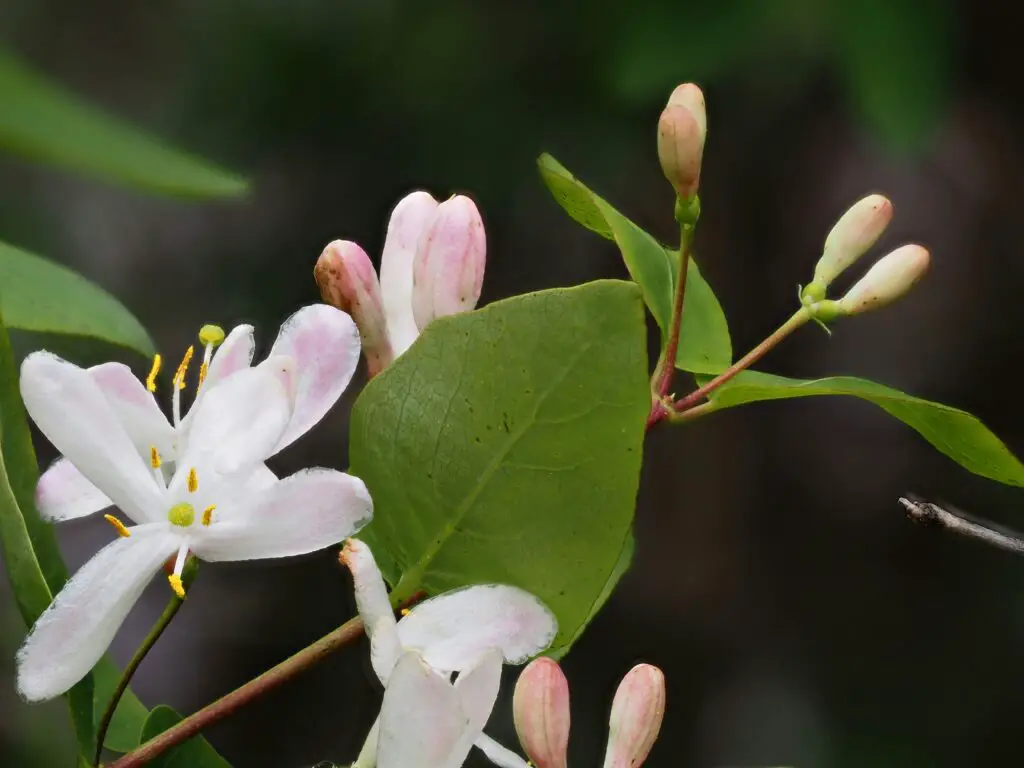
Those fast-growing ornamental plants from the garden center might not belong in your yard—or your ecosystem. Many non-native species, like English ivy or Japanese honeysuckle, outcompete local plants that wildlife depends on. They may offer green cover but not the food or shelter native species need. Birds and insects often can’t use them effectively.
Invasive plants also change soil chemistry and block light for native seedlings. That ripple effect lowers biodiversity over time. Swapping them out for regionally native plants restores balance and provides real support for local creatures. A yard full of natives buzzes with life in ways a “pretty” but ecologically sterile one never will.
This post 9 Yard Features That Unintentionally Threaten Wildlife was first published on Greenhouse Black.
